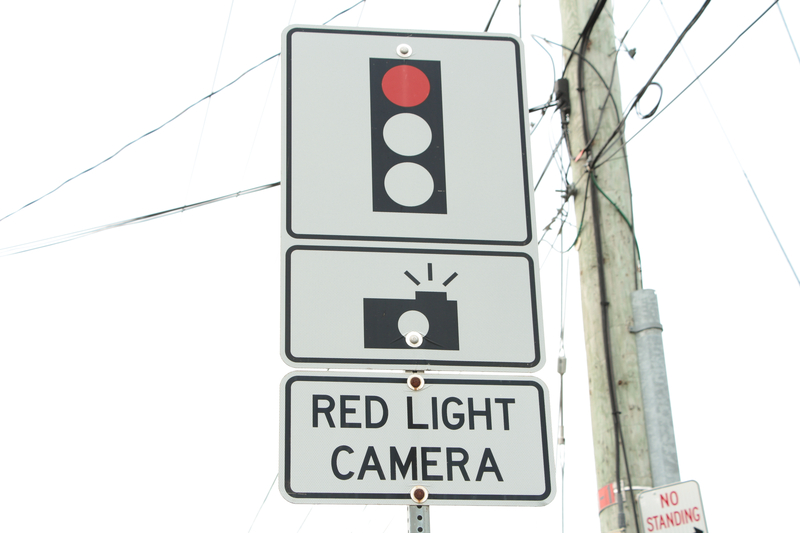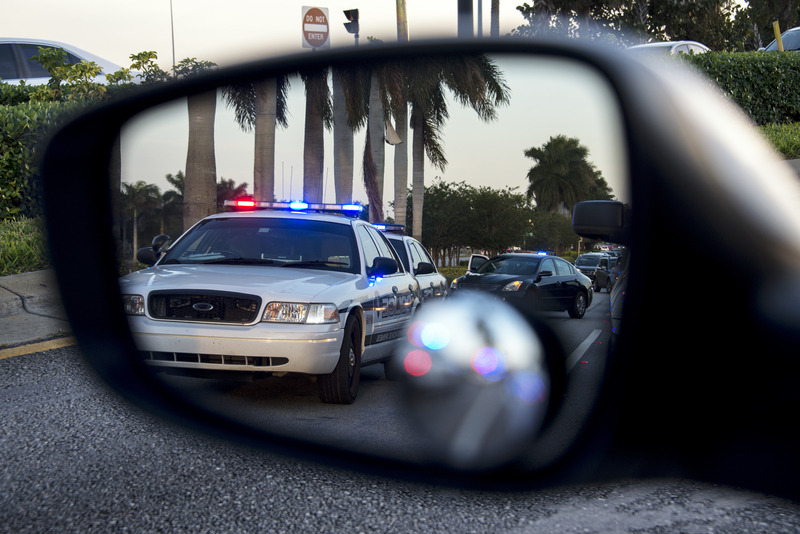
Earlier this year, the World Health Organisation (WHO) released its 2023 Global Status Report on Road Safety, which contained the good news that traffic deaths worldwide fell by 5% last year, with 108 countries experiencing a reduction in deaths. Europe has achieved an amazing 36% drop in deaths since 2010 with its efforts to slow speeds and improve safety despite a 21% increase in the number of vehicles on the road. The Americas (North, South, and Central) saw only a 0.1% decrease in traffic fatalities.
The US had decades of mobility safety improvements starting in the 1970s, but that trend reversed starting in 2011. US roadway deaths increased 30% over the past decade, rising from 32,893 in 2013 to 42,795 in 2022 according to the Governors Highway Safety Association (GHSA). Then in 2020 the pandemic resulted in faster speeds and more deaths. Speeding was a contributing factor for 29% of fatalities in motor vehicle traffic crashes in 2021, the worst in a decade. Now, the Americas are showing signs of improvement and have a tremendous opportunity to get back on point - to take a fresh look at rewriting road safety across the board.
Europe's blueprint for success
In these past 10 years, both Europe and Australia have set standards and embraced new technology leading to a dramatic drop in deaths. EU regulations focus on ensuring safer vehicles, safer infrastructure, safer road use (speed, sober driving, wearing safety belts and helmets) and a focus on post-crash care, as part of a Safe System approach.
Last year, Wales became the first in the UK to lower the default speed limits on restricted roads, including residential areas, from 30mph to 20mph, and is now enforcing that limit to reduce the likelihood and impact of incidents and their overall cost to the taxpayers.
Many countries across Europe use automated and mobile systems to measure fixed speed; average speed or point-to-point; red-light; rail crossing; seat belt & mobile phone; and noise compliance of drivers.
Penalties actively deter repeat offenders. To avoid points on their licence, which can increase insurance premiums, some drivers are able to attend education courses to understand how their self-perceived minor discretions can unfold into accidents in different locations and have life-changing impacts on others. These courses change driver behaviours and general driver culture for the better by increasing awareness.
Furthermore, some countries invest in safety programs, realising returns not on the penalties but instead from the lives saved, the accidents avoided, saving the financial and social cost of the fallout of the incidents. Saving a life on European roads saves taxpayers up to €3m ($3.19m) per fatality; avoiding a serious collision saves taxpayers up to €1m ($1.06m) per incident.
The Netherlands recently approved an upgrade for automated safety enforcement for 500 to 750 locations across the country, working in partnership with Verra Mobility and DXC Technology, and another vendor. Along with capturing evidence of offending vehicles, Verra Mobility’s Halo automated speed and red-light camera is fully integrated with DXC’s Automated Traffic Law Enforcement Platform so that vehicle speeds can be compared to speed limits for specific classes of vehicles, ensuring that large trucks are evaluated against lower speed limits than passenger vehicles.
America makes noteworthy progress
Safety programmes helped Europe reduce speeds and reduce deaths by more than a third. Now, in the US, there’s evidence showing important steps toward progress, and many states are establishing meaningful programs that will inspire others.
In late 2023, the GHSA issued a report on Automated Enforcement in a New Era, confirming studies that speeding, red-light and school bus stop-arm camera programs are a proven way to change driver behavior. The GHSA says that automated enforcement can also avoid potential social inequities since cameras do not see race or ethnicity.
The US Department of Transportation has adopted a Safe System approach from Europe. Safe System includes five stages that overlap and support each other to manage speed, collect safety data and prioritize locations for speed management proactively. Safe System recognizes that given the complexity of our roads and basic human nature, we need redundant approaches to improve safety. A community can’t just narrow a road to slow speeds; there needs to be a multiple-layered approach to achieve behavior change.
US states are making these positive changes, as California enacted a new law that allows speed safety cameras in six cities, including San Francisco, Oakland and Los Angeles, and another law that prohibits parking within 20 feet of an intersection to improve pedestrian visibility. As of November 2023, 24 states and the District of Columbia (DC) permit red-light or speed safety cameras - California is now the 25th state to allow speed cameras.
Even areas with lower traditional traffic volumes are looking to make drivers safer. The Hawaii Department of Transportation (HDoT) has installed red-light safety cameras across 10 intersections throughout Honolulu communities to enhance road safety and reduce red-light running. Colorado Springs, CO, finished installing 20 sets of red light cameras in notably dangerous intersections.

Global equitable solutions
One systemic shift in the US is moving from making violations criminal penalties, and focusing on civil penalties that influence behavior without endangering someone’s license for minor infractions. When red-light cameras were deployed decades ago, citations were linked to a specific driver, requiring photographic evidence of who was driving, with fines of several hundred dollars, and possible criminal charges and points on a person’s driving record.
For many countries in Europe, violations are tied to a specific vehicle, with responsibility linked to the registered vehicle owner. The idea is that even if someone isn’t driving their car, they’re still responsible for whomever they allow to drive it. In some countries fines are even income-based so well-off drivers have to pay more, and penalties are felt equally across society. The US 7th Circuit Court of Appeals ruled in 2009 that issuing a citation to vehicle owners (or lessees) instead of the driver is constitutionally permissible, enabling this shift in approach in the US.
The new California law uses this vehicle-based approach. Fines are significantly lower, less than $100 in many cases, although higher speeds or repeat offenders can be charged $500 if they’re going 100 mph or more. These fines are civil penalties and don’t count against someone’s driving record. Lower-income drivers can have their fines reduced by 50-80%, or serve community service hours. Violations are still reviewed by people at municipalities and by companies like Verra Mobility to double-check accuracy, but the overall process is more efficient, without having to station an officer at a particular location.
Together we can save lives
There are multiple organisations across the globe with information on how these automated approaches improve enforcement without requiring more officers on the street. In the US, the National Coalition for Safer Roads highlights that with the increasing number of vehicles on the road and the potential risks associated with transportation, it is vital for individuals, communities and policymakers alike to prioritise effective measures that enhance road safety. The Global Road Safety Partnership is focused on reducing more than one million road deaths each year. The Vison Zero Network was founded to reduce those road deaths to zero, and has taken a leading role in providing research and proven ways to improve safety. By working together with these organisations, we can make our world a safer place.
A recent survey from Verra Mobility found that 54% of Americans say they feel the average driver is worse than before the pandemic, and 40% feel less safe on the roads today. Seeing the results from the WHO study, combined with the numbers from the GHSA, you can see why Americans may feel this way - the data raises an important issue.
Europe has led the way with innovative safety measures that have resulted in a remarkable 36% decrease in road deaths since 2010. America can use this as inspiration and embrace the opportunity to create more effective change that can lead to safer roads and communities.
We should take inspiration from the success stories of Europe and continue to adopt comprehensive measures to improve road safety. Embracing automated enforcement systems, such as speed cameras, red-light cameras, and school bus stop-arm cameras, has been proven to alter driver behavior and save lives. Together, we can make our roads safer and prevent needless tragedies. It's not just about numbers; it's about saving lives every day.
Content produced in association with Verra Mobility












